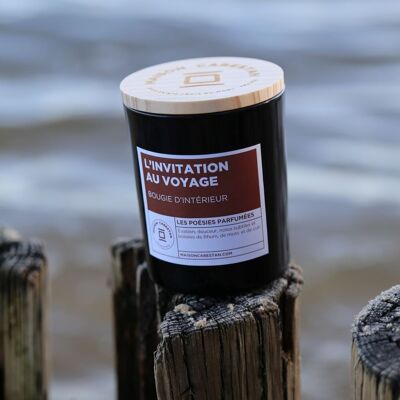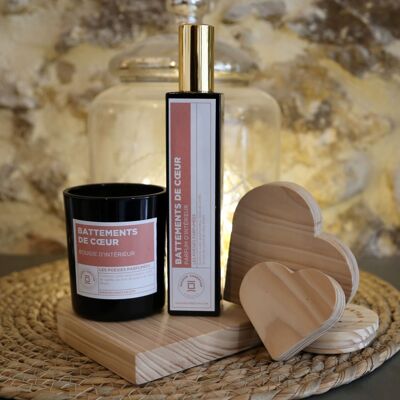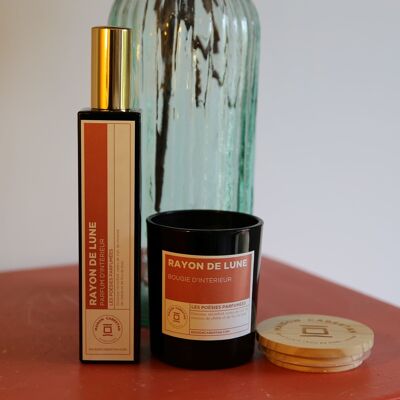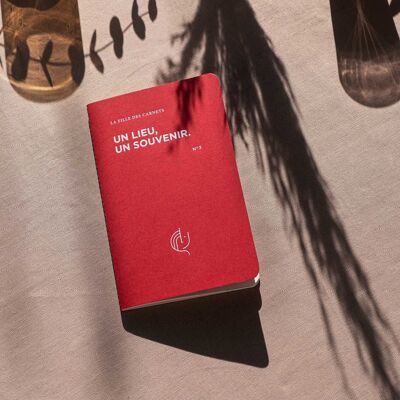


Thanks to a professor of Italian Letters always spoken of with emotion and gratitude, his high school years in Messina were marked by the discovery of the poetry of the Troubadours, lyrical and courtly poetry from which Dante, then Petrarch, would later draw. Andrea Genovese is undoubtedly a writer of the Mediterranean, a poet of love, desire and eroticism, an heir of the Occitan troubadours known and appreciated in Sicily from the end of the 12th century. He obviously has a very personal relationship with cities. First of all, those, very numerous, to which he went for many years, as an art critic, with the aim of visiting temporary exhibitions presented by museums and writing articles reviewing them. for the press and in particular the Arte section of the Italian daily Corriere della Sera. But also these cities which mark out and weave his biography: Messina, Milano, Lyon, Sète, Toulouse. His successive collections of idylls – Idilli di Messina and Idilli di Milano, then Idylles de Sète and Idylles de Toulouse – are all invitations to look at these cities that we pass through and where we stay. In 2011, a conference entitled La Magnolia perdta was dedicated to his work at the University of Messina. Judith Malla writes: “at Genovese there is Dolet, Gryphe (sharp), Belle Cordière and especially Rabelais. Laughter, humor and inexhaustible verbal invention.” Andrea Genovese defines his life as a minimal Odyssey (Odissea minima, title of his first collection of poetry published in 1964), and often states "Every Sicilian is born in a state of war", "Like all my compatriots, I have a theatrical temperament , tragedy in the blood. Isn't Pirandello one of the founders of modern theater? ".











